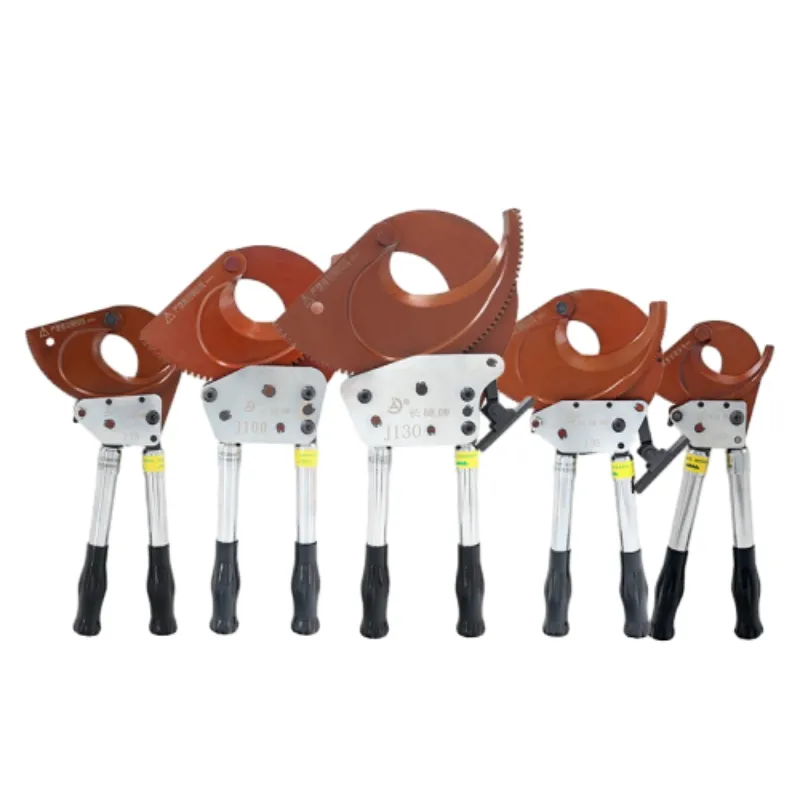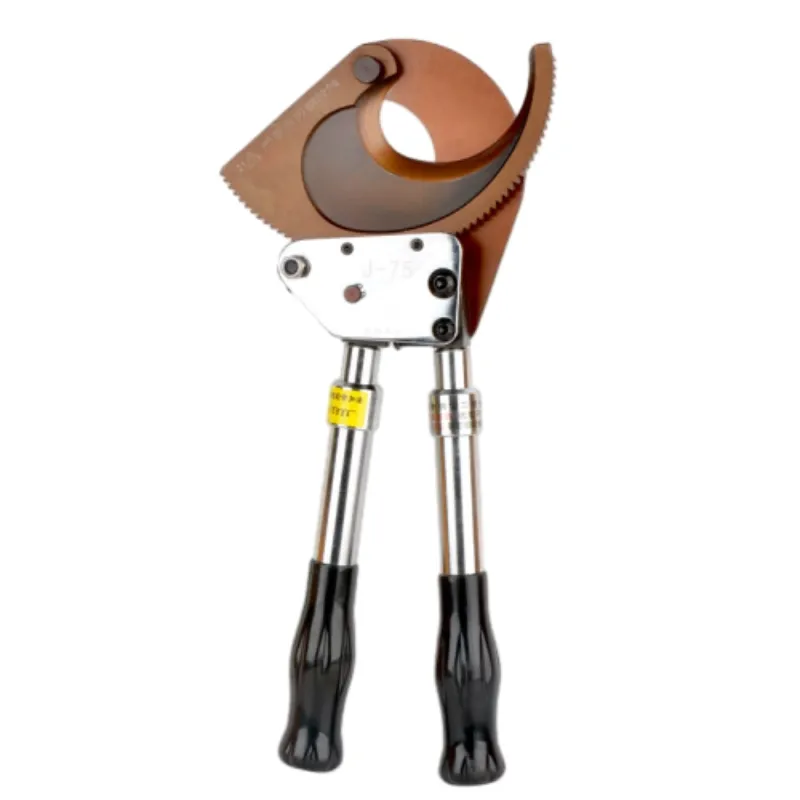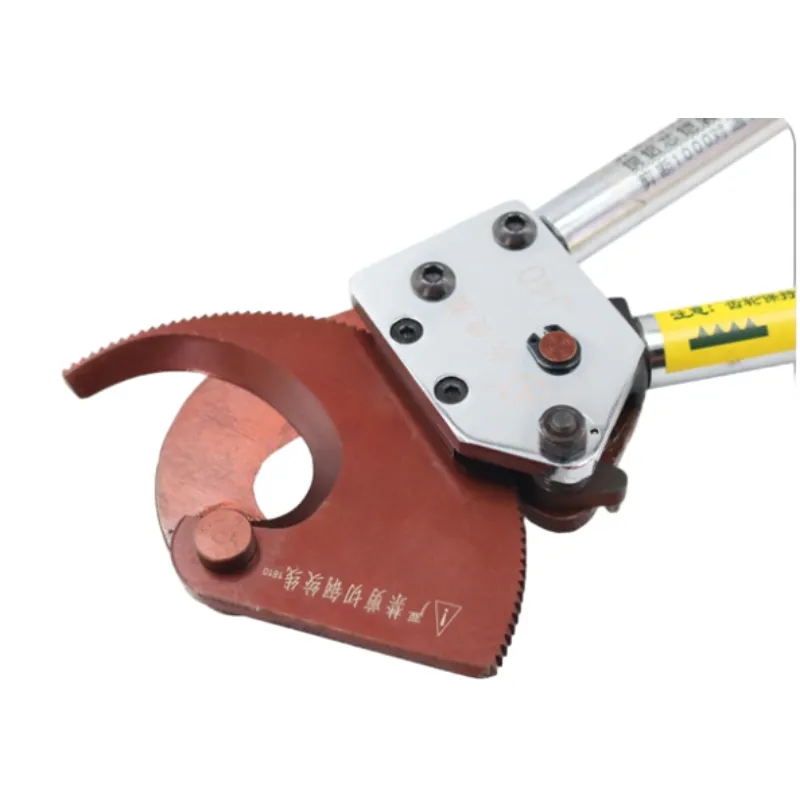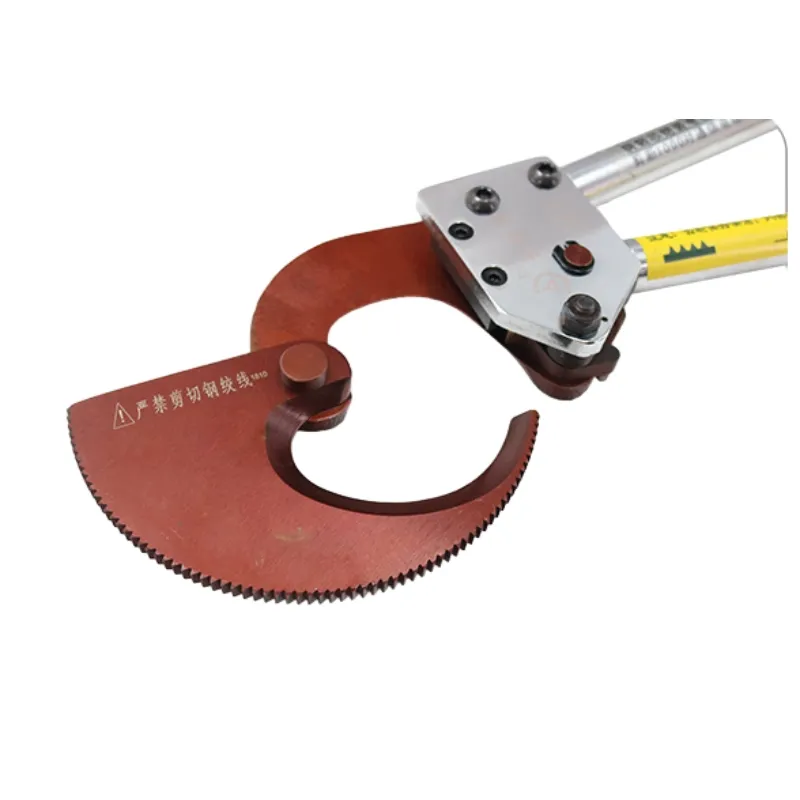
-
 Afrikaans
Afrikaans -
 Albanian
Albanian -
 Amharic
Amharic -
 Arabic
Arabic -
 Armenian
Armenian -
 Azerbaijani
Azerbaijani -
 Basque
Basque -
 Belarusian
Belarusian -
 Bengali
Bengali -
 Bosnian
Bosnian -
 Bulgarian
Bulgarian -
 Catalan
Catalan -
 Cebuano
Cebuano -
 Corsican
Corsican -
 Croatian
Croatian -
 Czech
Czech -
 Danish
Danish -
 Dutch
Dutch -
 English
English -
 Esperanto
Esperanto -
 Estonian
Estonian -
 Finnish
Finnish -
 French
French -
 Frisian
Frisian -
 Galician
Galician -
 Georgian
Georgian -
 German
German -
 Greek
Greek -
 Gujarati
Gujarati -
 Haitian Creole
Haitian Creole -
 hausa
hausa -
 hawaiian
hawaiian -
 Hebrew
Hebrew -
 Hindi
Hindi -
 Miao
Miao -
 Hungarian
Hungarian -
 Icelandic
Icelandic -
 igbo
igbo -
 Indonesian
Indonesian -
 irish
irish -
 Italian
Italian -
 Japanese
Japanese -
 Javanese
Javanese -
 Kannada
Kannada -
 kazakh
kazakh -
 Khmer
Khmer -
 Rwandese
Rwandese -
 Korean
Korean -
 Kurdish
Kurdish -
 Kyrgyz
Kyrgyz -
 Lao
Lao -
 Latin
Latin -
 Latvian
Latvian -
 Lithuanian
Lithuanian -
 Luxembourgish
Luxembourgish -
 Macedonian
Macedonian -
 Malgashi
Malgashi -
 Malay
Malay -
 Malayalam
Malayalam -
 Maltese
Maltese -
 Maori
Maori -
 Marathi
Marathi -
 Mongolian
Mongolian -
 Myanmar
Myanmar -
 Nepali
Nepali -
 Norwegian
Norwegian -
 Norwegian
Norwegian -
 Occitan
Occitan -
 Pashto
Pashto -
 Persian
Persian -
 Polish
Polish -
 Portuguese
Portuguese -
 Punjabi
Punjabi -
 Romanian
Romanian -
 Russian
Russian -
 Samoan
Samoan -
 Scottish Gaelic
Scottish Gaelic -
 Serbian
Serbian -
 Sesotho
Sesotho -
 Shona
Shona -
 Sindhi
Sindhi -
 Sinhala
Sinhala -
 Slovak
Slovak -
 Slovenian
Slovenian -
 Somali
Somali -
 Spanish
Spanish -
 Sundanese
Sundanese -
 Swahili
Swahili -
 Swedish
Swedish -
 Tagalog
Tagalog -
 Tajik
Tajik -
 Tamil
Tamil -
 Tatar
Tatar -
 Telugu
Telugu -
 Thai
Thai -
 Turkish
Turkish -
 Turkmen
Turkmen -
 Ukrainian
Ukrainian -
 Urdu
Urdu -
 Uighur
Uighur -
 Uzbek
Uzbek -
 Vietnamese
Vietnamese -
 Welsh
Welsh -
 Bantu
Bantu -
 Yiddish
Yiddish -
 Yoruba
Yoruba -
 Zulu
Zulu


Agu . 27, 2025 04:00 Back to list
Powerful Cable Pulling Tools & Winches for Seamless Installation
Understanding Advanced Cable Pulling Tools for Industrial Applications
In modern industrial infrastructure, the reliable and efficient deployment of cables is paramount for power transmission, telecommunications, and data networks. This critical task is heavily reliant on specialized cable pulling tools. These tools are engineered to handle the immense forces and intricate challenges associated with installing heavy-duty cables across diverse environments, from underground conduits to overhead power lines. Their design prioritizes safety, efficiency, and the preservation of cable integrity, making them indispensable in sectors requiring robust electrical and communication frameworks. This article delves into the intricacies of these essential devices, exploring their manufacturing, applications, and pivotal role in contemporary industry.
Manufacturing Process Flow of Cable Pulling Equipment
The production of high-performance cable pulling equipment involves a rigorous, multi-stage process to ensure durability, precision, and adherence to stringent safety standards. The process typically begins with the careful selection of raw materials, followed by advanced manufacturing techniques and comprehensive quality control.
Key Stages:
- Material Selection: High-grade alloys such as hardened steel (e.g., Chrome Vanadium Steel for cutters, high-tensile steel for winches) and robust polymers are chosen for their strength, corrosion resistance, and specific load-bearing capabilities. Components like sheaves and rollers often utilize wear-resistant aluminum or composite materials.
- Component Manufacturing:
- Casting & Forging: Essential structural components, such as winch frames or heavy-duty pulling grips, undergo precision casting or hot forging to achieve superior strength and eliminate internal defects.
- CNC Machining: Critical parts requiring tight tolerances, like gears for an electric cable winch or precision-cut blades for cable cutters, are meticulously crafted using Computer Numerical Control (CNC) machining. This ensures consistent dimensions and optimal performance.
- Heat Treatment: Components are subjected to controlled heating and cooling processes to enhance their hardness, tensile strength, and fatigue resistance, crucial for extended service life in demanding environments.
- Assembly: Skilled technicians meticulously assemble the various components, ensuring proper alignment, lubrication, and functional integration of mechanical and electrical systems.
- Testing and Quality Assurance:
- Load Testing: Winches and pulling grips are subjected to loads exceeding their rated capacity to verify structural integrity and prevent failure in the field.
- Functional Testing: Each tool undergoes rigorous functional checks to ensure all mechanisms, motors, and safety features operate as designed.
- Adherence to Standards: Products are manufactured and tested in accordance with international standards such as ISO 9001 for quality management, and relevant ANSI/IEC standards for electrical safety and mechanical performance. This ensures a service life often exceeding 10 years under proper maintenance.
Target industries include petrochemical, metallurgy, mining, water supply & drainage, and electrical utilities. In typical application scenarios, such as deploying fiber optic cables in corrosive underground environments, the inherent corrosion resistance of specialized alloys provides significant long-term advantages. Energy-saving features, such as variable speed drives in modern winches, further enhance operational efficiency.

Industry Trends and Technological Advancements
The market for cable pulling tools is continually evolving, driven by the increasing demand for high-bandwidth networks, renewable energy infrastructure, and smart grid technologies. Key trends include:
- Automation and Remote Control: Advanced cable pulling winches now integrate remote control capabilities, allowing operators to manage pulls from a safe distance, improving safety and precision.
- Enhanced Safety Features: Load sensing, anti-jamming mechanisms, and emergency stop systems are becoming standard, minimizing risks during high-tension operations.
- Lightweight and Durable Materials: The adoption of aerospace-grade aluminum and composite materials reduces the overall weight of equipment, improving portability without compromising strength.
- Battery-Powered Solutions: The rise of cordless tools extends to smaller cable pulling devices, offering greater flexibility and access in areas without immediate power supply.
- Data Integration and IoT: Some high-end systems can log pull data (tension, speed, distance) which can be analyzed for project management, predictive maintenance, and quality assurance.
These innovations contribute to faster project completion, reduced labor costs, and significantly improved operational safety, which are critical for B2B decision-makers. The global cable pulling equipment market is projected to grow at a CAGR of over 5% from 2023 to 2030, reflecting sustained demand from infrastructure development.
Technical Specifications and Performance Parameters
When selecting cable pulling tools, understanding the detailed technical specifications is crucial for matching the equipment to specific project requirements. Parameters such as pulling capacity, speed, and cable diameter range directly impact efficiency and safety.
Typical Cable Pulling Winch Specifications:
| Parameter | Description | Typical Range/Value |
|---|---|---|
| Max Pulling Force | Maximum tension the winch can apply | 10 kN - 150 kN (2,200 lbs - 33,000 lbs) |
| Pulling Speed | Speed at which the cable is pulled | 0-30 m/min (0-100 ft/min) variable |
| Cable Diameter Range | Suitable diameter of cables to be pulled | Ø 10 mm - Ø 150 mm (0.4 in - 6 in) |
| Engine/Motor Power | Power source for the winch | Electric: 5 kW - 30 kW; Hydraulic: 10 HP - 75 HP |
| Drum Capacity | Length of pulling rope the drum can hold | 500 m - 1500 m (1600 ft - 5000 ft) |
| Control System | Type of operational control | Manual, Electro-hydraulic, Remote Control, PLC-based |
| Safety Features | Integrated safety mechanisms | Overload protection, Emergency stop, Rope counter, Auto-tensioner |

The materials used in cable pulling tools are chosen for their robustness and longevity. For instance, high-tensile steel is critical for the main chassis and pulling elements of an electric cable winch, ensuring it can withstand significant forces without deformation. Gears are often made from heat-treated alloy steel for maximum wear resistance.
Application Scenarios Across Diverse Industries
The versatility of cable pulling tools allows for their deployment in a vast array of industrial and infrastructure projects. Their ability to manage heavy and long cable runs efficiently makes them invaluable.
- Power Transmission & Distribution: Installing high-voltage underground cables (HVAC/HVDC), stringing overhead power lines, and replacing aging infrastructure in dense urban areas.
- Telecommunications: Deploying fiber optic cables for broadband networks, installing coaxial cables for data centers, and establishing communication links in remote or challenging terrains.
- Oil & Gas / Petrochemical: Laying control and power cables in hazardous environments, including refineries, offshore platforms, and pipeline systems where safety and durability are paramount.
- Water Supply & Drainage: Installing submersible pump cables, instrumentation cables for monitoring systems, and power cables for treatment plants.
- Construction & Civil Engineering: Routing electrical conduits and control cables within large commercial buildings, tunnels, and bridge structures.
- Mining: Installing robust power and communication cables in underground mines, often requiring specialized tools for confined and abrasive conditions.
These scenarios often demand tools with specific features, such as high IP ratings for dust and water resistance, or explosion-proof certifications for hazardous areas, underscoring the specialized nature of modern cable pulling solutions.
Technical Advantages and Performance Benefits
The strategic integration of advanced cable pulling tools yields significant technical advantages and operational benefits for industrial projects.
- Enhanced Safety: By automating pulling tasks and providing precise tension control, the risk of cable damage and injury to personnel is drastically reduced. Features like anti-recoil systems prevent sudden snap-backs.
- Improved Efficiency: High-speed pulling capabilities and optimized torque delivery significantly reduce project timelines. A typical 1000-meter cable pull that might take days manually can be completed in hours with an electric cable winch.
- Cable Integrity Preservation: Consistent tension control and smooth pulling mechanisms prevent stress, stretching, or damage to expensive cables, extending their service life and preventing costly replacements. The use of specialized cable pulling sock ensures even distribution of pulling force.
- Adaptability: Modern tools are designed with modular components and versatile attachments, allowing them to adapt to various cable types, sizes, and conduit configurations.
- Cost-Effectiveness: While the initial investment may be higher, the long-term savings from reduced labor, faster project completion, minimized cable waste, and fewer safety incidents result in a rapid return on investment.
- Ergonomic Design: User-centric design reduces operator fatigue, enhancing productivity and job satisfaction, especially during extended operations.

Vendor Comparison and Selection Criteria
Choosing the right vendor for cable pulling equipment is a critical decision influencing project success and long-term operational costs. Key factors to consider include product range, reliability, after-sales support, and customization capabilities.
Comparison Table: Leading Cable Pulling Equipment Vendors (Illustrative)
| Feature/Vendor | Vendor A (e.g., Bilopowtel) | Vendor B (e.g., GlobalEquip) | Vendor C (e.g., PrimeTools) |
|---|---|---|---|
| Max Pulling Capacity (kN) | Up to 120 kN | Up to 100 kN | Up to 80 kN |
| Control System | Electro-Hydraulic, Remote | Electro-Mechanical, Wired Remote | Manual with Speed Control |
| Customization Options | High (tailored solutions, special attachments) | Medium (some accessories) | Limited (standard models only) |
| Certifications | ISO 9001, CE, ANSI | ISO 9001, CE | CE |
| Warranty Period | 2 Years | 1 Year | 6 Months |
| After-Sales Support | Global network, 24/7 tech support | Regional service centers, business hours support | Local distributors, limited support |
When evaluating vendors, consider their years of service, reputation within the industry, and the range of complementary products (e.g., cable feeders, lubricants, conduits) they offer. Authoritative references and partnerships with major contractors often indicate a vendor's reliability and expertise.

Customized Solutions for Unique Project Demands
Many complex industrial projects present unique challenges that standard cable pulling tools may not fully address. This is where customized solutions become invaluable. Leading manufacturers work closely with clients to design and fabricate bespoke equipment tailored to specific requirements, ensuring optimal performance and compliance.
- Specialized Cable Types: Developing pulling heads or grips for non-standard cable shapes, optical ground wire (OPGW), or armored cables with unique properties.
- Extreme Environmental Conditions: Engineering tools with enhanced weatherproofing, extreme temperature resistance, or explosion-proof ratings for hazardous (Class I, Div 1) environments.
- Confined Spaces & Remote Locations: Designing compact, modular pulling systems for access in tight conduits, utility tunnels, or remote mountainous regions.
- Integrated Monitoring Systems: Implementing advanced PLC-based control with real-time data logging, tension graphs, and remote diagnostic capabilities for critical infrastructure projects.
These customized solutions typically involve close collaboration during the design phase, iterative prototyping, and extensive factory acceptance testing (FAT) to guarantee functionality and safety under proposed operational conditions.
Application Case Studies: Real-World Impact
Understanding the practical application and benefits of cable pulling equipment is best illustrated through real-world case studies.
Case Study 1: Urban HVDC Cable Installation
A major utility company needed to install 10 km of 220 kV HVDC cable through congested urban underground conduits. Traditional methods posed significant logistical challenges and high labor costs. Employing a 50 kN electric cable winch with integrated tension monitoring, the project team completed segments of 2 km pulls within 8 hours, maintaining consistent tension below the cable's maximum permissible pulling force of 40 kN. The winch's variable speed control allowed for smooth acceleration and deceleration, preventing surge tensions. This reduced project duration by 30% and lowered labor costs by 25% compared to initial estimates. Customer feedback highlighted the system's reliability and the precision of the pull data for post-installation analysis.
Case Study 2: Offshore Wind Farm Inter-Array Cable Laying
For an offshore wind farm project, the challenge was to pull heavy inter-array cables from the substation platform to individual turbine foundations. The cables were large diameter, often up to 120 mm, and required precise handling to avoid damage in marine environments. A specialized hydraulic cable pulling winch, mounted on a custom frame to withstand harsh sea conditions, was deployed. This system, rated for 100 kN, was equipped with an automatic level wind system and a tension data logger. The project successfully installed 30 km of cable over a 4-month period, ensuring optimal cable bend radius and tension throughout the subsea pull. The real-time data provided crucial insights for operational adjustments and compliance with environmental regulations.

Frequently Asked Questions (FAQ)
- Q: What is the maximum length of cable that can be pulled by a single winch?
- A: The maximum length depends on the cable's weight per meter, the pulling force capacity of the winch, the coefficient of friction in the conduit, and the maximum permissible pulling tension of the cable itself. Advanced winches with rope capacities up to 1500 meters can often facilitate pulls of several kilometers with intermediate pulling points.
- Q: How do I ensure proper tension control during a pull?
- A: Modern cable pulling winches are equipped with integrated load cells and electronic control systems that monitor and display the pulling tension in real-time. Operators can set maximum tension limits, and the winch will automatically adjust speed or stop if the limit is approached, preventing overstressing the cable.
- Q: What kind of maintenance is required for cable pulling tools?
- A: Regular maintenance includes checking hydraulic fluid levels, inspecting ropes and sheaves for wear, lubricating moving parts, verifying electrical connections, and calibrating tension sensors. Adhering to manufacturer-recommended service schedules is crucial for extending service life and ensuring safe operation.
- Q: Can these tools be used in hazardous environments?
- A: Yes, specialized versions of cable pulling equipment are available with explosion-proof ratings (e.g., ATEX certified) for use in hazardous areas such as petrochemical plants or mining operations. These tools feature sealed components and non-sparking materials.
Lead Time, Fulfillment, and Warranty Commitments
Transparency in logistics and after-sales support is a cornerstone of trustworthiness for B2B procurement.
- Lead Time: Standard cable pulling tools typically have a lead time of 4-6 weeks from order confirmation to shipment. Customized solutions or highly specialized equipment may require 8-12 weeks due to extensive design, fabrication, and testing phases.
- Fulfillment: Our global logistics network ensures efficient delivery to project sites worldwide. We provide full tracking information and coordinate with local customs for smooth import processes. On-site commissioning and training services are available upon request.
- Warranty: All our cable pulling equipment comes with a standard 2-year warranty covering manufacturing defects and material failures under normal operating conditions. Extended warranty options and service contracts are available for enhanced peace of mind.
Dedicated Customer Support and After-Sales Service
Exceptional customer support is vital for maintaining operational continuity and maximizing the lifespan of industrial equipment.
- Technical Assistance: Our team of expert engineers provides 24/7 technical support, offering guidance on operation, troubleshooting, and maintenance.
- Spare Parts Availability: A comprehensive inventory of genuine spare parts is maintained, ensuring rapid dispatch and minimal downtime. Critical components are typically available for immediate shipment.
- Training Programs: We offer comprehensive training programs for client personnel, covering safe operation, routine maintenance, and advanced troubleshooting techniques for all our cable pulling tools.
- On-site Service: For complex issues or scheduled preventative maintenance, our field service technicians are available to conduct on-site inspections, repairs, and performance optimization.
Our commitment to robust after-sales support ensures that your investment in high-quality cable pulling equipment continues to deliver optimal performance throughout its operational life.
References
- International Organization for Standardization (ISO). (2015). ISO 9001:2015 - Quality management systems - Requirements.
- American National Standards Institute (ANSI). (2018). ANSI/ASSE A10.18-2018 - Safety Requirements for Crawler, Truck, and Locomotive Cranes.
- International Electrotechnical Commission (IEC). (2020). IEC 60332 - Tests on electric and optical fibre cables under fire conditions.
- Research and Markets. (2023). Cable Pulling Equipment Market Size, Share & Trends Analysis Report.
- Electrical Contractor Magazine. (2022). Innovations in Cable Pulling Technology.
Latest news
Hydraulic Crimping Tool – Precision & Heavy-Duty Speed
NewsNov.05,2025
Cable Pulling Swivel | High-Strength, Anti-Twist, Stainless
NewsNov.04,2025
Cable Pulling Tools – Pro-Grade, Safe, Fast Install
NewsNov.03,2025
Hydraulic Crimping Tool – Fast, Precise, Quick-Change Dies
NewsNov.02,2025
Hydraulic Crimping Tool for Sale | Fast, Precise, Heavy-Duty
NewsNov.01,2025
Duct Rodder for Sale – Non-Conductive, Durable Fiberglass
NewsOct.31,2025








